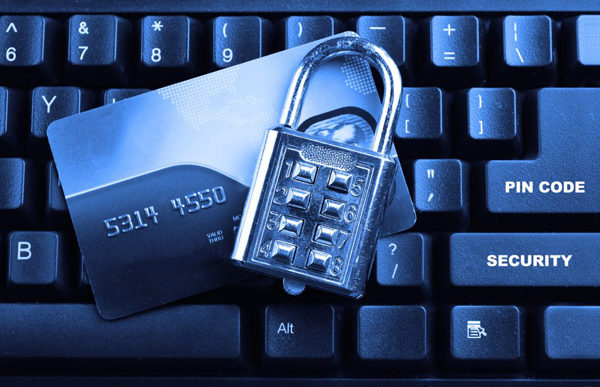You decided to launch your online store. Congratulations. Starting an e-commerce site is easy for anyone to do. But keeping it safe from copiers, hackers, and fraud is not that simple. Too many charge backs or data breaches could spell the end of your business. Here are four tips for protecting your online store.

Use a Well-Established E-Commerce Platform
The most important way to protect your online store is to use a well-established and trusted e-commerce platform. There are several options when it comes to building an e-commerce platform or integrating one with an existing site. Choose a platform that provides you with endpoint threat prevention and a supportive community. This platform should have updates on a regular basis, especially after bugs or vulnerabilities occur.
An added benefit of e-commerce platform is that they have extensive compliance verification and extensive testing due to the sensitive nature of the information they use. It’s important to find a platform that uses Personally Identifiable Information (PII) since it helps resolve the complexities of this matter. The more popular the platform is, the more tested, trusted, well-established, and updated it is.
Use a Secure Connection
Using a secure connection means protecting the exchange of information between the computers and web browsers to your online store. This is handled through encryption as it protects sensitive financial and personal information from ending up in the wrong hands.
So, how do you know if your online store is secure? If the beginning of the address to your e-commerce site has a green padlock, then your site has secure connections. If the beginning of your address starts with “HTTP://” without the “s” then the connection is not secure and could get compromised by hackers.
In order to have a secure connection, you need to purchase a digital certificate from a trusted source such as a digital certificate firm or from an agency that your web host that partners with one. This is often referred to as a Secure Socket Layer (SSL) certificate. When it comes to the e-commerce industry, you need to use SSL for all of your online transactions. It protects you and your customers when handling online transactions.
Trademark Company Name & Logo
The most important step that e-commerce owners can take to protect their site is to trademark their name. Most business owners assume that just because a domain name is available or because they formed an LLC or corporation with their Secretary of State that their business name is available for trademark. To prevent someone else from using your company name and logo, you need to trademark them both.
This is a separate process that should be done with a trademark attorney or with your local U.S. Patent and Trademark Office. Trademarking your name prevents copiers and knockoffs who try to capitalize on your name. You should trademark your business name, logo, and any products that could be copied by an overseas competitor as soon as possible.
Keep Your Website Updated
Your online store becomes an easy target for cyber attacks if it’s left with unpatched applications and extensions. Hackers love vulnerable websites and will use automated web crawlers to search for websites that have unpatched applications. Not only should you keep your website updated, but you should keep your backend software updated as well. Keeping your online store updated with the latest endpoint threat prevention and security patches is the biggest step you can take towards preventing an attack.
While this may seem confusing and overwhelming, an online store is beneficial to most business owners and allows them to reach customers that a brick-and-mortar store could never do. There are so many tools and resources that you can use to protect your e-commerce site. But there are important tasks and responsibilities that you also need to take.




